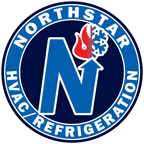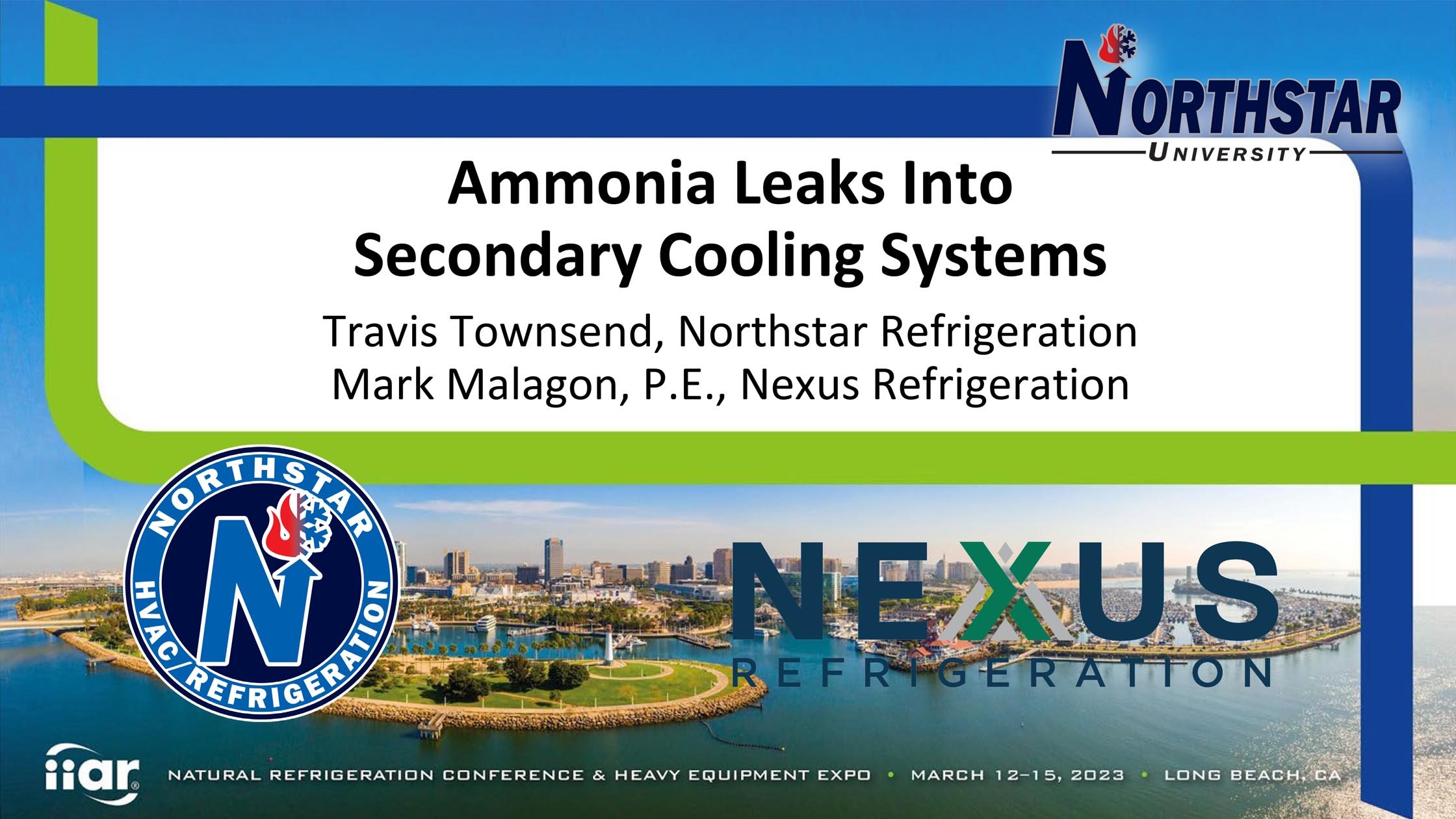The Problem of Over-Pressurization in Secondary Cooling Systems: A Critical Overview
Written by Ed Rice
At the IIAR Conference and Heavy Equipment Expo in Long Beach, California, Travis Townsend from Northstar Refrigeration and Mark Malagon, P.E., from Nexus Refrigeration, presented an important discussion on the dangers of over-pressurization in secondary cooling systems, particularly relating to ammonia leaks. This presentation was inspired by a HAZWOPER refresher training video on the Fernie BC incident by WorkSafeBC, highlighting the dire consequences of inadequate maintenance and emergency procedures.
The Fernie Memorial Arena Incident
The tragic event at Fernie Memorial Arena serves as a stark reminder of the potential hazards associated with secondary cooling systems. The facility had known about a leak from the previous season but decided against repairing it. This decision, coupled with improper handling of an ammonia alarm and the system, led to catastrophic results. The ammonia alarm was placed in "silent" mode, and despite recognizing a leak, the system was restarted to "save the ice," which ultimately resulted in a mechanical failure and loss of life.
Understanding Over-Pressurization
Secondary cooling systems typically involve a primary refrigerant, such as ammonia, and a secondary coolant loop, like brine. The heat exchanger transfers heat from the secondary coolant to the primary refrigerant. If the heat exchanger leaks, ammonia can seep into the secondary brine loop, causing increased pressure. Many systems lack the necessary mechanisms to relieve this high pressure, leading to potential system failure and safety hazards.
Preventing over-pressurization requires a multifaceted approach:
Training and Compliance:
HAZWOPER Training: Ensure all staff are adequately trained to handle hazardous materials.
Emergency Response Plans: Establish and adhere to comprehensive emergency action plans.
2. Engineering Controls:
Pressure Relief Systems: Install safety relief valves (SRVs) and hydrostatic relief valves to manage excess pressure.
PH Monitoring: Implement PH monitoring systems to detect leaks early by alarming on changes in the secondary fluid's PH.
Proper Ventilation: Ensure expansion tanks are vented to the outside to prevent pressure buildup.
3. Codes and Standards:
IIAR and ASME Compliance: Adhere to relevant codes, such as IIAR2 2021 and ASME B31.5, to ensure systems are built and maintained to handle pressures safely.
Engaging with the Community
We encourage the refrigeration and HVAC community to discuss the importance of these measures. Sharing knowledge and experiences can help prevent incidents like Fernie from happening again. We invite you to review the full presentation and watch the referenced video to gain a deeper understanding of these critical issues.
For more information, here are the links to access Travis & Mark’s presentation at IIAR in 2023 and watch the WorkSafeBC video.
Conclusion
Proper maintenance and adherence to safety protocols are essential for preventing over-pressurization in secondary cooling systems. At Northstar Refrigeration, we are dedicated to educating and assisting our clients in implementing effective solutions. Contact us today to learn more about how we can help ensure the safety and efficiency of your refrigeration systems.
(508) 888-3692
www.northstarhvacr.com
Edward Rice
Director of Marketing
Northstar Refrigeration, Inc.
95 Camelot Drive, Unit 1 | Plymouth, MA 02360
erice@northstarhvacr.com | www.northstarhvacr.com
p: (508) 888-3692 x115 |
m: (508) 561-8638



